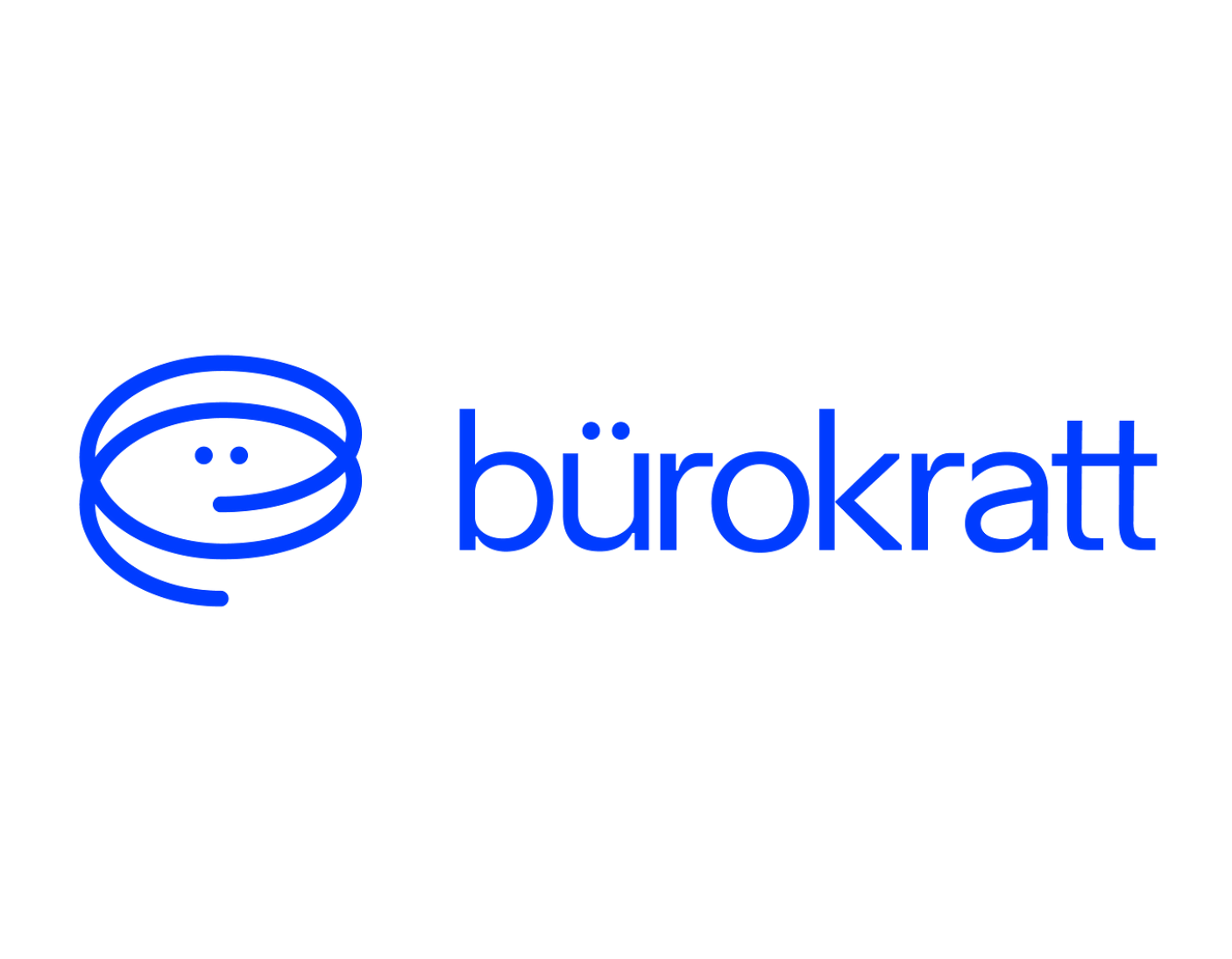Bürokratt is the vision of how digital public services should work in the age of AI. Bürokratt will allow a person to get everything they need from one device with a virtual assistant in one communication session. In future Bürokratt aims to allow people to access services and interact with public agencies in a device and channel-agnostic manner, either through voice, text or sign language. Today, Bürokratt is an interoperable network of chatbots on the websites of public authorities that allows people to obtain information and services from public agencies through a chat window.
Bürokratt is an initiative by the Ministry of Economics Affairs and Communications to provide all of the Estonian government e-services (about 3,000 of them), plus potentially any of the private sector ones, via both text-based and voice input. Technical implementation by Information System Authority of Estonia.
Why do we need Bürokratt?
In short, to make it radically easier and more convenient for people to use public services. People want to consume public services in such a way that:
- they do not have to go to great lengths to use the services or possess or acquire special knowledge for the user interface or process – they want things to get done quickly and for the user interface to be easy to use (regardless of age);
- the services work seamlessly across all operating systems, software platforms and devices, offering as coherent and consistently high-quality experience as possible.
In addition, it is important that people:
- do not need to have all the knowledge or navigate through various institutions or websites, or spend significant time figuring out the specific steps or requirements involved when seeking a service or addressing a problem – services should be efficiently bundled, including according to (life) events, and provided at once;
- do not need to keep track of deadlines for obligations or opportunities – the state should inform them, i.e. by giving advance notice of upcoming deadlines or by offering services proactively;
- retain the ability to make choices in significant matters and have the opportunity to choose between services – so that not everything is fully automated.
Once the Bürokratt vision is implemented, the average user (private person, business) will be able to use the public digital services of Estonia in the following ways:
- by voice and in Estonian – this means that the state does not necessarily need to further develop other user interfaces (web, app etc) and the user experience of services does not depend on people’s computer literacy;
- by using any of the most commonly used devices that come equipped with a virtual assistant – although the digital government will never be able to reach every device from every manufacturer, we must be able to cover the most popular ones, starting with smartphones;
- the service session typically begins with a notification, i.e. as a result of the proactive actions of the state, instead of the user searching for information or taking initiative;
- at the same time, when obtaining information through the information service, users have the option to initiate services themselves, unless the launch of the service is automated for user convenience;
- as a personalised service based on individual user data, rather than just a general information service based on queries (as is the case with most virtual assistants today);
- by having the opportunity to validate all kinds of actions (e.g. submitting applications, making payments, concluding contracts, changing data) which would otherwise require, for example, a (digital) signature;
- all the current service needs of the person have been satisfied within one session, i.e. everything has been taken care of at once as a comprehensive (event) service, also between the private and public sectors.
More information on GitHub and in this video.

Type
Solution

Organisation
Ministry of Economic Affairs and Communications

Country
Estonia

Website
https://buerokratt.ee/


